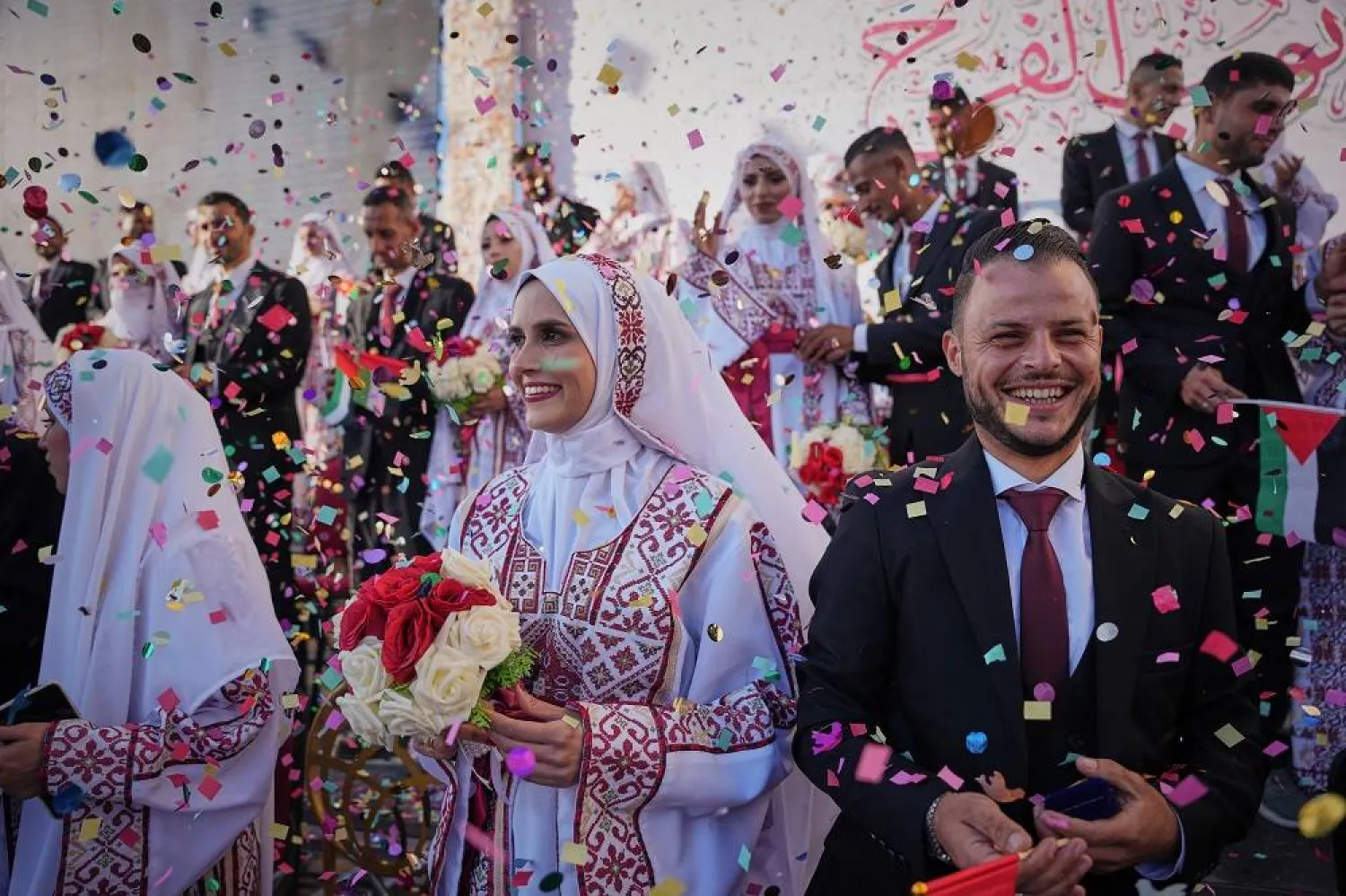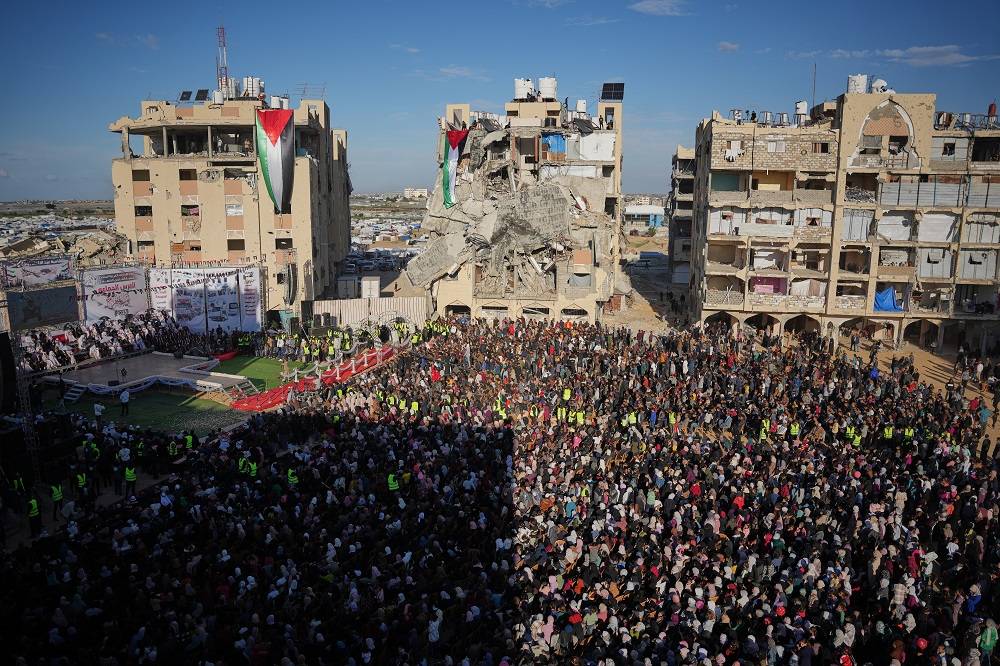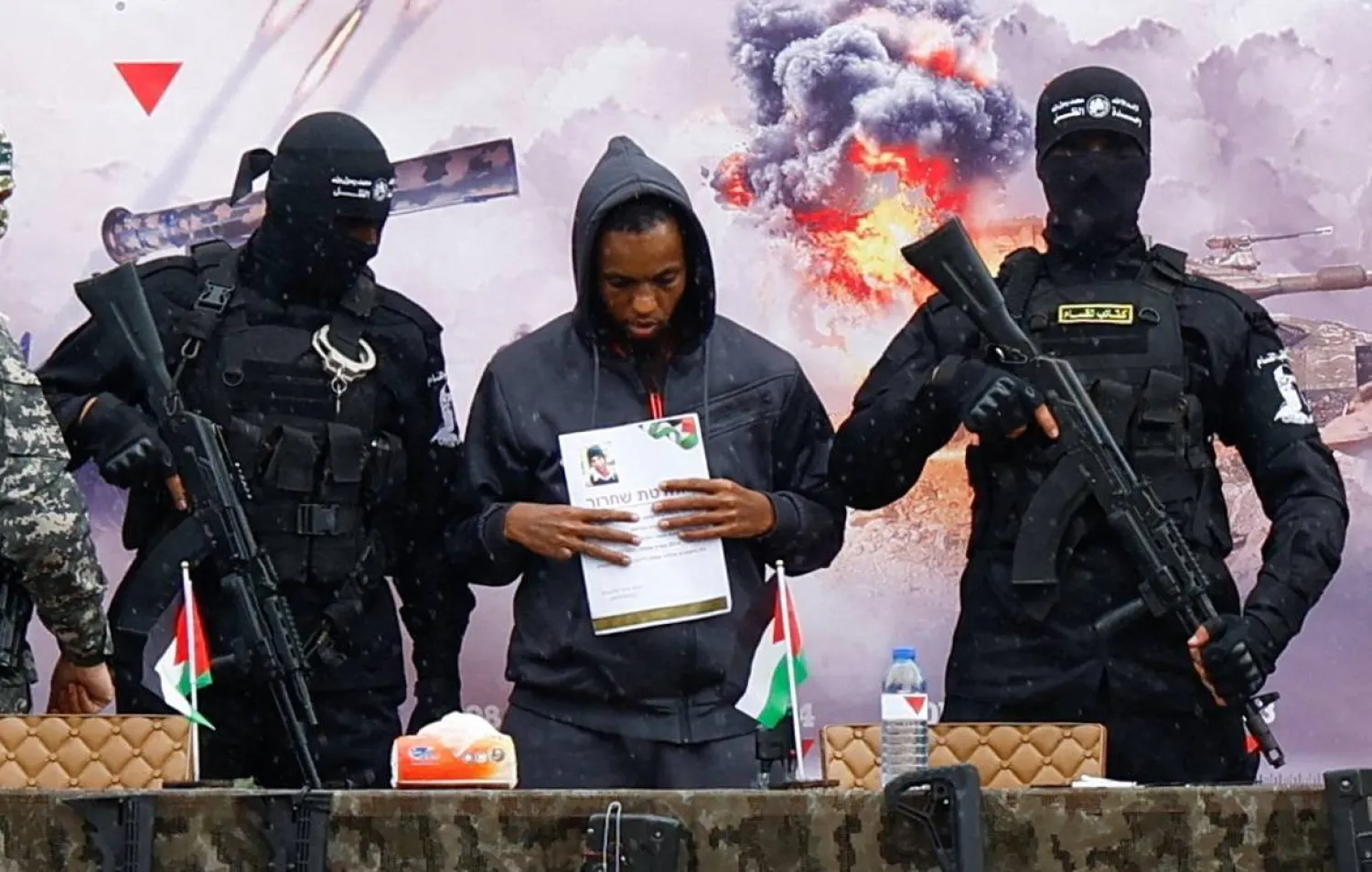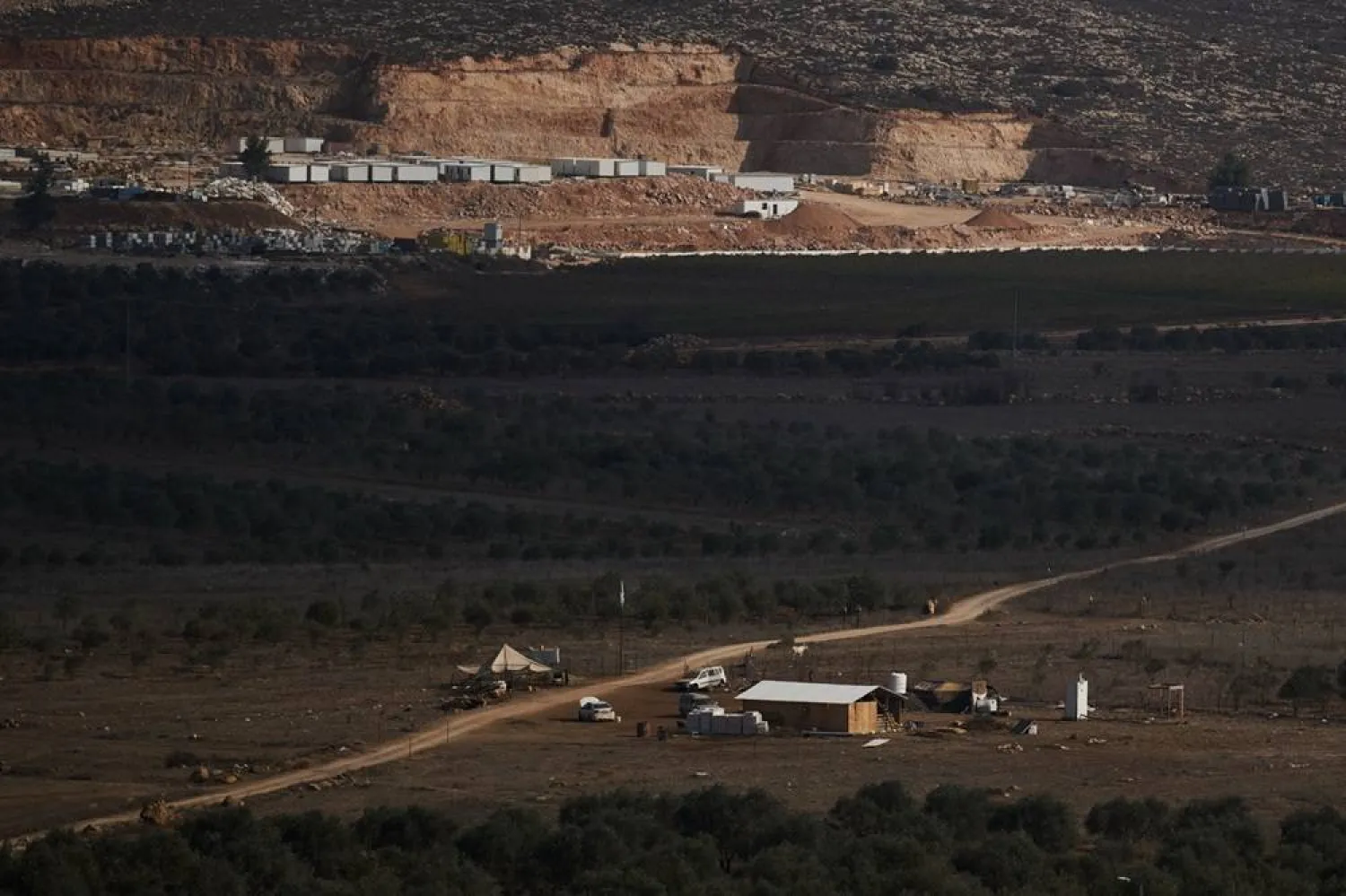Amid much fanfare, sympathizers flock to Ukraine, which established a legion of foreign volunteers to help the Ukrainian people repel the Russian invasion.
In the lexicon of war, volunteers who join a rebel force or militia are typically called "foreign fighters," while mercenaries are generally employed by a state and fight for profit or personal gain.
More than 36,000 foreign fighters have joined the war, 16,000 joined the Ukrainian army, while statistics indicate that over 20,000 "mercenaries" joined the Russian military.
The Ukrainian army did not accept all the volunteers. Some were refused, while others were sent back to their homelands, and only those who had previous military experience were allowed to join.
President Volodymyr Zelensky made a plea for foreign volunteers on February 27 at the very beginning of the conflict.
"Anyone who wants to join the defense of Ukraine, Europe, and the world can come and fight side by side with the Ukrainians against the Russian war criminals."
Ukraine's foreign minister elaborated on that initial plea a few days later, and Ukraine set up a website in this regard for foreign volunteers.
By early March, Zelensky claimed that 16,000 people had signed up for the foreign legion. Given that the Ukrainian army was only 145,000 strong at the beginning of the conflict, this would have significantly boosted its strength.
The foreign volunteers also provided dramatic evidence of worldwide support for the Ukrainian cause.
"What can history tell us about successful foreign volunteer efforts?" asks Mark Cancian, a senior adviser at the International Security Program at the Center for Strategic and International Studies (CSIS).
Cancian explained in an article that in the mid-1930s, Spain was experiencing social chaos after overthrowing the monarchy and establishing a democratic but weak republic. Left and right fought bitterly. In July 1936, the Spanish military revolted and began a civil war.
The Soviet Union supported the republic, and the Soviet Union's international arm, called the Communist International, or COMINTERN, began recruiting party members and others to fight.
They formed national battalions to simplify communication and cohesion and reflect their recruitment by national organizations.
The US formed the Abraham Lincoln Battalion, the French the Commune de Paris Battalion, the Italians the Garibaldi Battalion, the Germans the Thalmann Brigade, and so on.
Cancian said that one purpose of any foreign volunteer operation is political, showing worldwide support for the cause and appearing to distribute "the burdens." Ultimately, however, only a militarily effective force brings both battlefield advantage and international credibility.
"A just cause and individual enthusiasm are not enough. Producing military effectiveness requires a highly organized effort of training, supply, and personnel administration."
Retired Marine Colonel Andrew Milburn went to Ukraine and described how the volunteers were doing. In short, it was a fiasco.
He depicted a scene of inexperience, war tourism, and idealism: "A swarm of Fantasists for everyone candidate with experience in combat. And even combat experience means little in this war—because trading shots with the Taliban or al Qaeda is quite different from crouching in a freezing foxhole being pummeled by artillery fire."
Virtually the entire first crop of recruits was sent home, as Milburn described, "without ceremony or official notification."
Faced with this disappointing result, Ukraine announced limiting participation to those with prior military or medical training.
Meanwhile, Russia announced, through its Defense Minister Sergei Shoigu, that about 16,000 fighters from the Middle East have applied to fight alongside Russia.
President Vladimir Putin said that mercenaries from all over the world are being sent to Ukraine, and they do not conceal it, the Western sponsors of Ukraine, the Ukrainian regime, do not hide it.
Speaking at a meeting with top security officials in March, Putin announced that he had opened the door for foreign volunteer fighters willing to help the people in Donbas.
"The infusion of outsiders and "irregular forces" could further complicate an already messy conflict," reported the New Yorker.
"The battlefield in Ukraine is incredibly complex, with a range of violent non-state actors—private military contractors, foreign fighters, volunteers, mercenaries, extremists, and terrorist groups—all in the mix," it concluded.
The US and the UN deemed the tens of thousands who joined ISIS in Syria and Iraq as foreign terrorist fighters, not mercenaries. "But such definitions are tricky—and easily contested."
The Russian Defense Ministry has referred to any foreigners caught in Ukraine's International Legion as mercenaries.
"At best, they can expect to be prosecuted as criminals," the Defense Ministry announced.










